Several months ago, we got in touch with the Austrian company Sunnybag. Sunnybag manufactures various gadgets for hiking, backpacking and other outdoor activities. Their offer includes solar chargers, power banks and backpacks with integrated solar panels. They offered us their flagship product Leaf Pro solar charger for testing. I quickly checked the technical specifications and since the product seemed solid, I agreed to test it. The Leaf Pro solar charger impressed me with its low weight, flexible construction and attachment options. Furthermore, Sunnybag is also an environmentally friendly company and all their solar chargers are made from recycled wastepaper.
I received the solar charger in April which was perfect for testing because the days were already getting longer here in Denmark. Furthermore, there were also more sunny days which allowed me to thoroughly test the charger. For the last two months I’ve been using the solar charger for charging various devices on backpacking trips, and I also thoroughly tested its performance in a more controlled environment (i.e., our balcony). Here is what I learned about it.
The Sunnybag Leaf Pro solar charger is suitable for:
- Running
- Hiking
- Backpacking
- Trekking
- Mountaineering
- Camping
The Basics
The Leaf Pro solar charger consists of one flexible solar panel which produces up to 7.5 watts of power. With the weight of 350 grams, it’s one of the lightest solar chargers on the market. When I unpacked it, I was impressed by its quality. The solar charger is made with high precision and all parts are very sturdy. It has four attachment points. In the box you also get two carabiners, two suction cups and two Velcro loops for easy attachment to your gear in various configurations. I mostly used the carabiners for attaching it to my backpack and that worked really well. Each solar charger comes with a quality assurance certificate where you can see the performance measurements of the solar panel.
The Leaf Pro solar charger is equipped with a single USB outlet. I was a bit surprised over this because many modern solar chargers have two or three USB outlets so you can charge multiple devices simultaneously. Nevertheless, I checked some reviews of such solar chargers, and people testing them mostly agree that charging more than one device at the same time is not very efficient. So, a single USB outlet can’t really be counted as a downside.
The USB outlet is equipped with an indicator which shows how much power is being generated at the moment, i.e. how strong the solar power is at any given moment. It lights red when it produces less than 0.5 A, green when it produces between 0.5 A and 0.8 A, and blue when it produces more than 0.8 A. I found this indicator very useful because it enables you to position the solar charger at an angle where it generates the most power possible. The solar charger also features an auto-restart circuit for iOS devices. iOS devices don’t adapt to the changing power from solar charger automatically. If a passing cloud reduces the power output, an iOS device will not resume charging at full power automatically when the cloud is gone. The auto-restart feature eliminates this problem by disabling and enabling the power of solar charger.
Weight and Portability
The Leaf Pro solar charger is super lightweight and thus perfect for hiking, backpacking and similar activities. The solar charger is also not too big to fit it into a backpack. With the dimensions of 28.5 x 24.5 x 0.25 centimeters, it fits perfectly in my Osprey Talon backpacks. However, I was a bit disappointed with the flexibility of the solar panel. Sunnybag states that the solar charger is very flexible, but I think semi-flexible would be a better world to describe it. The solar panel does bend along its horizontal lines, but only when you apply reasonably high force to it. Even then, it still has a relatively flat curve. It’s not like you can bend the solar panel into a steep U-form. Nevertheless, the semi-flexible construction does make the solar charger a bit easier to pack into a fully loaded backpack. I also really like that the Sunnybag Leaf Pro solar charger is rugged because I didn’t have to worry about breaking something when pushing it into a fully loaded backpack. So, in terms of weight and portability I was quite happy. Nevertheless, I must mention that there are smaller solar chargers out there, which are of course even easier to pack into a fully loaded backpack.
Charging Performance
I was very happy with the solar charger in terms of charging speed. Although I was testing the solar charger in Denmark where the sun radiation is much weaker than somewhere nearer the equator, I was impressed with the results. All tests described below were done in late May on a Cat S42 H+ phone which has a battery with the capacity of 4200 mAh. In completely sunny weather in the early evening (5.30 – 6.30 PM) the solar charger charged the phone’s battery for 35% in an hour while all services (LTE, Wi-Fi, GPS etc.) on the phone were running. So, the average charging speed was 1470 mAh per hour which is indeed a very good result.
When the sky was covered with a thin layer of clouds the charging speed reduced drastically. The Leaf Pro only charged 7% (294 mAh) of the phone’s battery in an hour in these conditions although it was in the middle of the afternoon (2.30-3.30 PM). I also ran a test in partly cloudy windy weather where clouds were regularly covering the sun. The clouds were very thick and most times when the cloud covered the sun, the charger stopped charging altogether. In these conditions the charger increased the battery level for 16% (672 mAh) in an hour which I find very good.
The Sunnybag solar charger of course works best in completely sunny weather, but it can also charge devices when it’s cloudy if the clouds are not too thick. As such it is more efficient with passing thick cloud rather than a constant thin cloud cover. Thick clouds will, however, completely prevent charging. This is the case with basically every solar charger out there.
I recommend using the solar charger together with a power bank, although it can also charge devices like phones, headlamps etc. directly. The Sunnybag solar charger is very efficient and thus it makes sense to store the energy in power bank rather than charging each device individually. You can then plug your devices to the power bank in the night when you are not using any of them.
Durability and Weather Resistance
The surface of the solar panel is coated with ETFE (ethylene tetrafluoroethylene) and thus the panel is water- and scratch-resistant. ETFE is a lightweight alternative to glass which is often used for applications where high light and UV transmission are required. I haven’t noticed any problems in terms of durability and weather resistance during the testing period.
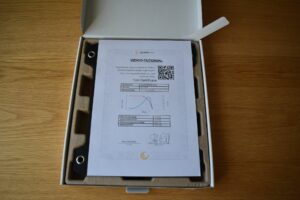
Sunnybag Leaf Pro: Each solar charger comes with quality assurance certificate where you can see the detail about the actual solar panel
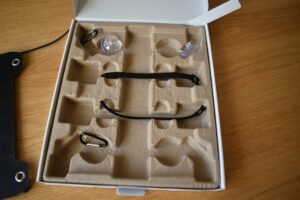
Sunnybag Leaf Pro: Carabiners, suction cups and Velcro straps for easy attachment to gear. I mostly use carabiners for attaching the charger to my backpack.
Verdict
The Sunnybag Leaf Pro solar charger impressed me by being lightweight, sturdy and very efficient in terms of charging speed. The solar charger also has several neat features like the power indicator, three attachment options and the auto-restart feature for iOS devices. I was very happy with the power indicator because it enables you to position to solar charger in the best way possible for maximum output. The charging speed is also amazing. In perfect conditions the solar charger increased the 4200 mAh battery level for no less than 35% in an hour. The only downside of this charger is that it’s quite bulky and thus it’s a bit hard to get it in a fully loaded backpack. Nevertheless, that’s a small thing as you can always simply attach it to the outside of your pack. All in all, I’m very happy with the Leaf Pro and its performance.
If you have any questions about this product, drop me a line in the comments below.
Rating
| Design |  |
| Durability |  |
| Features |  |
We field tested this product. The rating shows its overall performance.About Rating
Pros:
- Weight
- Charging speed
- Sturdy
- Attachment options
- Power level indicator
Cons:
- A bit bulky
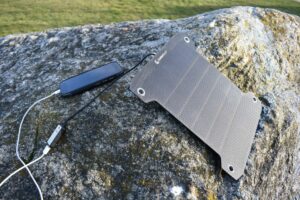

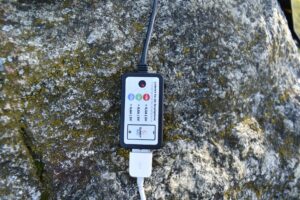


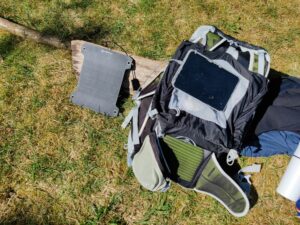
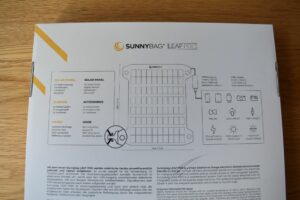
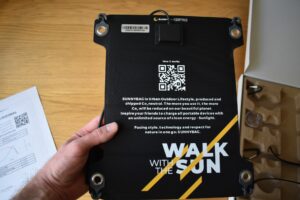

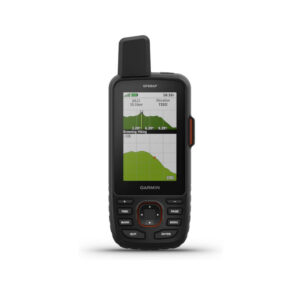

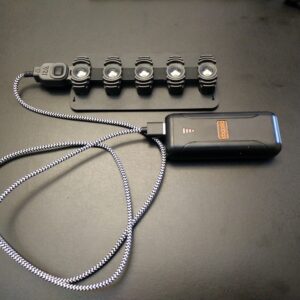
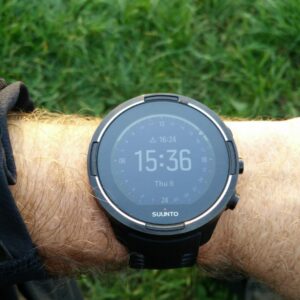
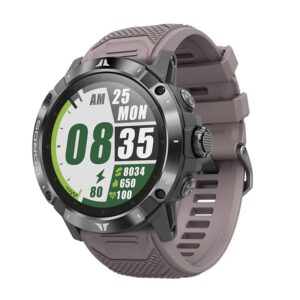
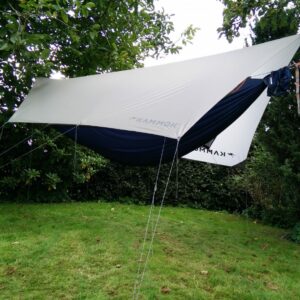















Thank you for your review of this solar panel.
I am doubtful to buy it because I have read reviews of some owners who report having had battery drain when the panel did not charge (for example for temporary clouds). Is that so? Did it happen to you too?
Do you have advice for me regarding similar items that are of excellent quality but light, for hiking and cycling use?
Thanks in advance for your reply.
Hi Marco,
I’m very happy with the Sunnybag Leaf Pro and so far haven’t had have any issues with it. I also don’t understand how the solar charger could drain the battery of the device attached to it. I for sure didn’t have this issue with my Sunnybag 🙂 Other brands that make good solar chargers are Goal Zero, Anker, BioLite etc.
Regards,
Blaz